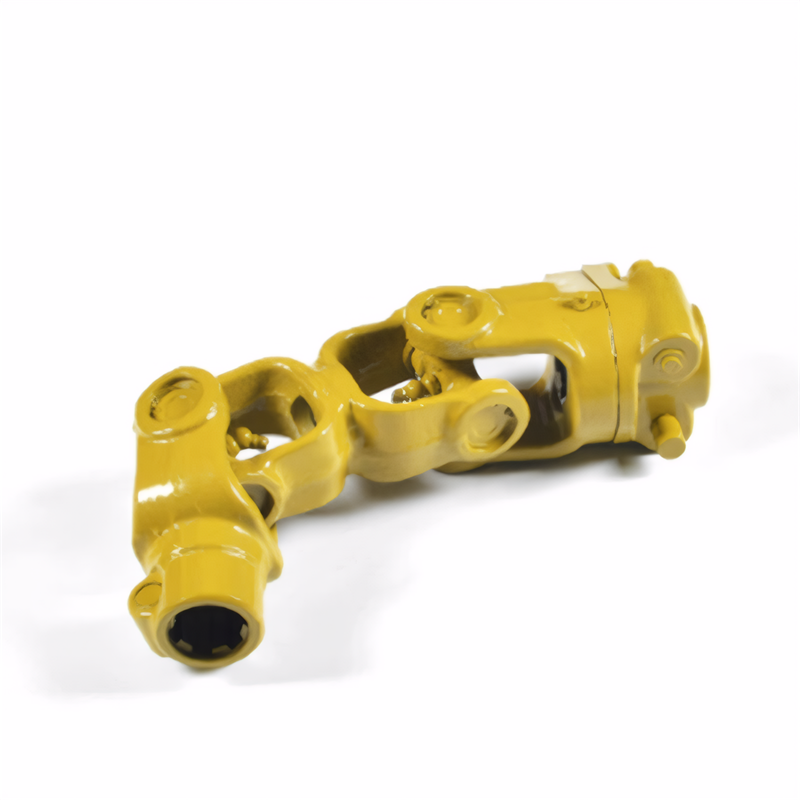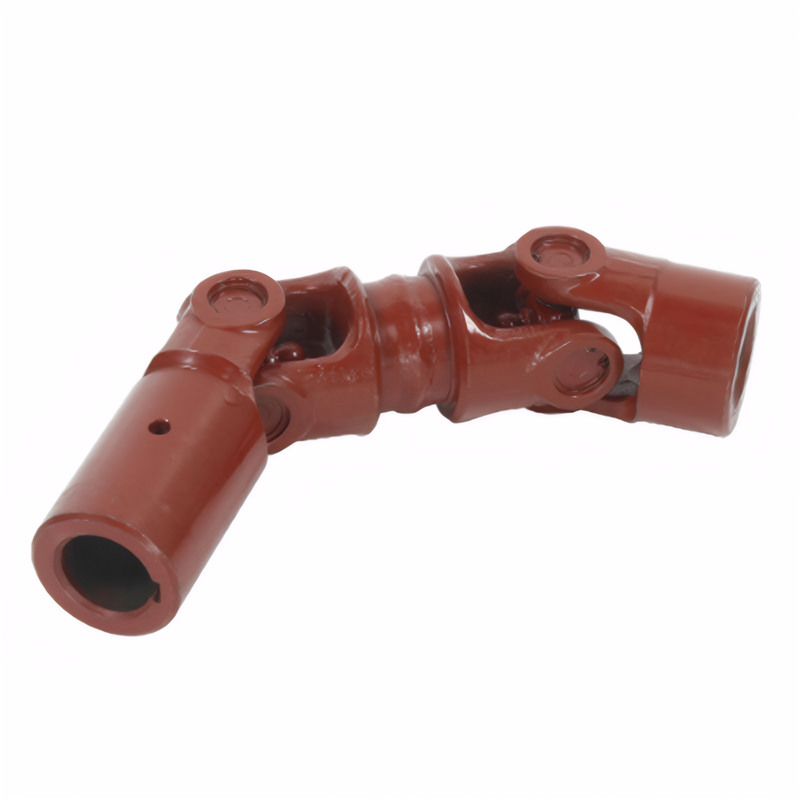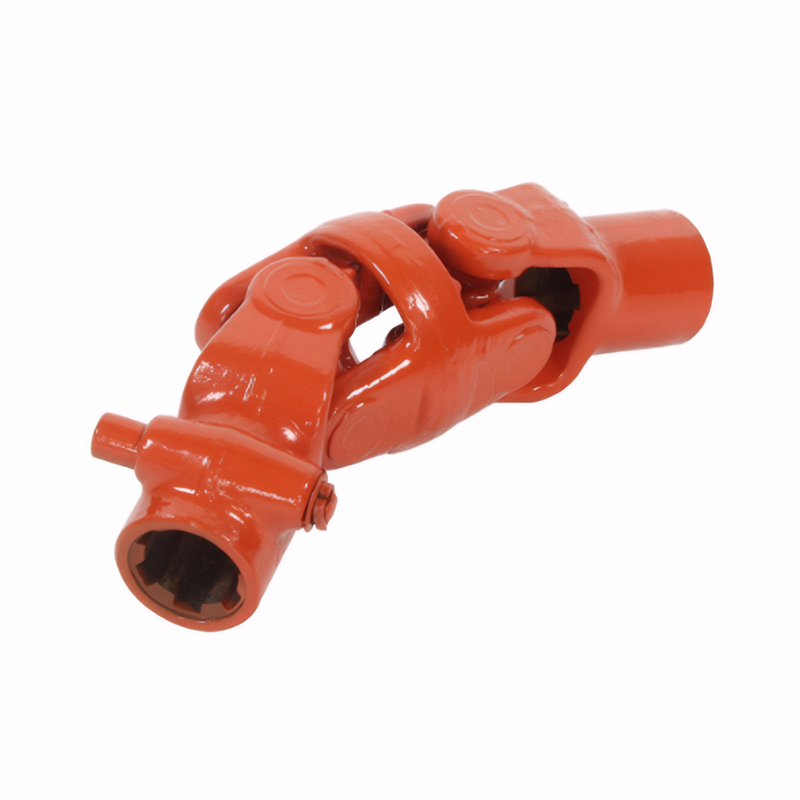Requirements for the welding process of drive shafts
Material Selection and Pre-treatment Standards
The foundational requirement for transmission shaft welding lies in the precise selection of base materials and rigorous pre-welding treatment. For automotive half-shafts, medium-carbon quenched and tempered steels such as 40Cr, 42CrMo, and 35CrMo are commonly used due to their high strength-to-weight ratio and fatigue resistance. These materials require pre-welding heat treatment to eliminate internal stresses and reduce hydrogen content. For instance, 40Cr steel shafts demand a 250°C preheating process to prevent cold cracking, while aluminum alloy transmission shafts used in electric vehicles need electrolytic degreasing to remove surface contaminants that could compromise weld integrity.
Surface Cleaning and Geometric Alignment
Welding surfaces must achieve a cleanliness level compliant with ISO 8501-1 standards, typically requiring shot blasting to remove oxide layers and mill scale. In heavy-duty truck driveshaft repair, technicians use 120-grit sandpaper to polish the fracture interface to a Ra 3.2μm finish, ensuring optimal fusion during welding. Geometric alignment is equally critical—wind turbine main shafts demand dimensional tolerances within ±0.05mm, necessitating laser tracking systems for real-time positional correction during assembly. A case study from a German automotive supplier revealed that improper alignment of a 42CrMo4 driveshaft increased torsional vibration by 37%, leading to premature bearing failure.
Welding Process Parameter Optimization
The mechanical properties of welded joints directly correlate with process parameter control. For medium-thickness steel shafts (8-15mm), gas metal arc welding (GMAW) with 98% Ar + 2% O2 shielding gas achieves a 20% higher fatigue life compared to traditional flux-cored arc welding. Key parameters include:
Laser Welding Parameter Precision
In automotive propeller shaft production, 4.2kW fiber laser systems operating at 1.2m/min welding speed with -2mm defocus distance produce joints with 98% full-penetration rate. This combination minimizes heat-affected zone (HAZ) width to 0.8mm, preserving the base material's 45HRC hardness. A study by the Japan Welding Engineering Society demonstrated that a 0.5mm deviation in defocus distance reduced joint tensile strength by 18%, emphasizing the need for automated focus control systems.
Multi-pass Welding Sequence Control
For thick-section marine propeller shafts (≥50mm), submerged arc welding (SAW) requires a 5-layer deposition strategy with interpass temperature maintained at 180-220°C. The first layer uses 3.2mm EH14 wire at 280A/32V to establish root fusion, while subsequent layers transition to 4.0mm EM12K wire at 350A/36V. This approach reduces residual stresses by 42% compared to single-pass welding, as verified by finite element analysis (FEA) simulations.
Post-Welding Treatment and Quality Verification
The final phase ensures the welded transmission shaft meets functional requirements through systematic treatment and inspection.
Stress Relief and Dimensional Restoration
Medium-carbon steel shafts undergo a 650°C × 4h stress relief annealing process followed by limestone quenching to prevent decarburization. For aluminum alloy shafts, a 175°C × 8h artificial aging treatment increases joint hardness from 95HB to 120HB. In agricultural machinery driveshaft repair, technicians use CNC lathes to restore dimensional accuracy to ±0.02mm, ensuring proper spline engagement with differential gears.
Non-destructive Testing Protocols
Automated ultrasonic testing (UT) systems with 64-element phased array probes detect 0.3mm-diameter flaws at depths exceeding 200mm, meeting ISO 10893-3 Class A requirements. Magnetic particle inspection (MPI) complements UT by identifying surface cracks as small as 0.1mm in length, with a false positive rate below 0.5%. A case from a Swedish wind turbine manufacturer showed that implementing real-time pulse frequency monitoring reduced welding defect rates from 2.1% to 0.3%, extending component lifespan by 30%.
Dynamic Balance Correction
High-speed transmission shafts (≥5,000rpm) require dynamic balancing to ISO 1940-1 Grade G1.0 standards. A two-plane balancing method using laser vibrometers identifies imbalance masses as small as 0.5g at 200mm radius. For electric vehicle driveshafts, this process reduces vibration acceleration levels from 12m/s² to 3.5m/s² at 1,200rpm, enhancing NVH performance by 7dB(A).
 Accuracy requirements for the
Accuracy requirements for the
 Selection of universal joint t
Selection of universal joint t
 Standard for coaxiality error
Standard for coaxiality error
 Requirements for the surface r
Requirements for the surface r
 简体中文
简体中文 English
English
